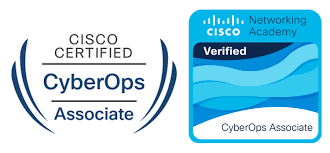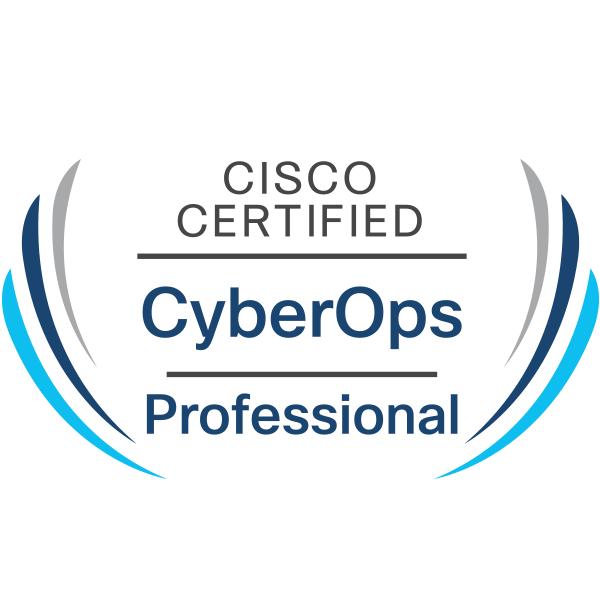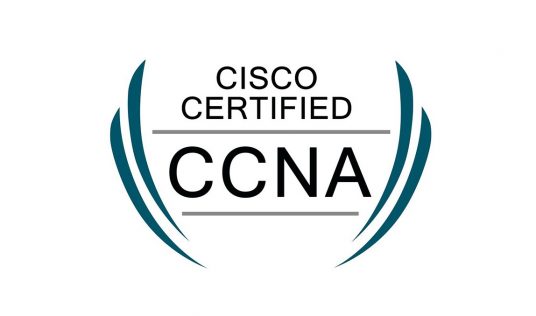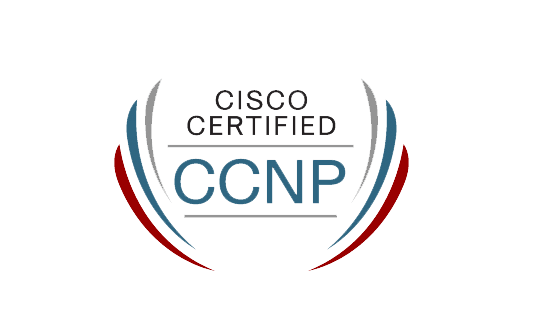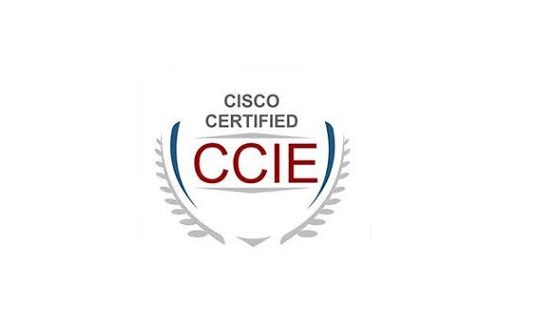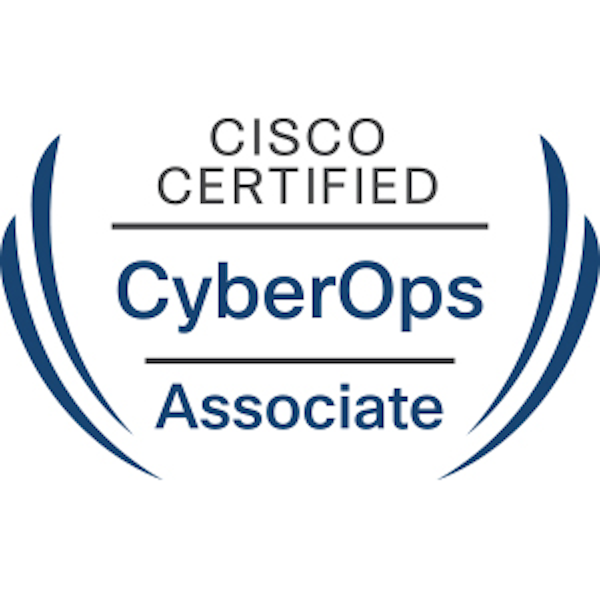CyberOps Courses
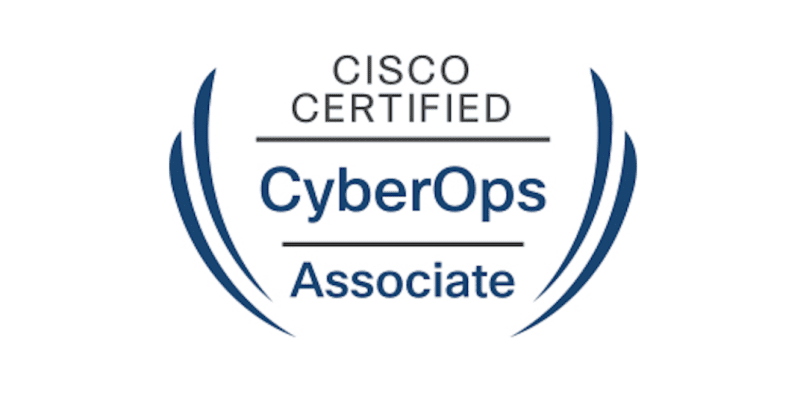
CyberOps Courses
July 13, 2024 No Comments on CyberOps Courses
Get Internationally Accredited & Recognized
CyberOps Courses
Questions to ask yourself about the CyberOps Courses.
What is CyberOps? – Cyber operations (Cyber Ops) is a specialization of information security that is in high demand within areas of the government and military, including the National Security Agency (NSA).
Is what you learn in the CyberOps Associate certification at School of IT relevant and of value? – Definitely yes. In turn you will learn from experienced Cisco certified lectures.
Can I get a job in cyber security after? – Definitely yes, make sure you do your CyberOps Associate Certification or Cisco CyberOps Professional:
Who should attend the CyberOps Training?
All in all the Cisco Certified CyberOps Associate certification program validates the day-to-day, tactical knowledge and skills that Security Operations Center (SOC) teams need to detect and respond to cybersecurity threats.
Learn CyberOps anytime, anywhere!
Overall learn about Cyber Security anytime and anywhere. We have 3 training options and we have award-winning coding courses. In turn identify and implement preventative measures.
Part-Time
Fast forward your career in the IT industry with a part-time course at School of IT. In turn Part-time courses allow working professionals to transition into a new skill set while working. Moreover at School of IT we are agile and customize a course to the individual.
Full Time
Ready to start a career in IT? Learn cybersecurity fundamentals as a full time student at School of IT. Thus beginning your career in the cyber world.
High School
Prepare and learn cybersecurity for the future while you’re still in high school.
Corporate
Learn about cybersecurity and up skill yourself or your company while you’re working.
Cisco CyberOps Associate Course Objectives.
By the end of the CyberOps course, students will have usable knowledge of the following:
By the end of the Cisco CyberOps Associate course students will have usable knowledge of the following:
1.0 Security Concepts
- 1.1 Describe the CIA triad
- 1.2 Compare security deployments
- 1.2.a Network, endpoint, and application security systems
- 1.2.b Agentless and agent-based protections
- 1.2.c Legacy antivirus and antimalware
- 1.2.d SIEM, SOAR, and log management
- 1.3 Describe security terms
- 1.3.a Threat intelligence (TI)
- 1.3.b Threat hunting
- 1.3.c Malware analysis
- 1.3.d Threat actor
- 1.3.e Run book automation (RBA)
- 1.3.f Reverse engineering
- 1.3.g Sliding window anomaly detection
- 1.3.h Principle of least privilege
- 1.3.i Zero trust
- 1.3.j Threat intelligence platform (TIP)
- 1.4 Compare security concepts
- 1.4.a Risk (risk scoring/risk weighting, risk reduction, risk assessment)
- 1.4.b Threat
- 1.4.c Vulnerability
- 1.4.d Exploit
- 1.5 Describe the principles of the defense-in-depth strategy
- 1.6 Compare access control models
- 1.6.a Discretionary access control
- 1.6.b Mandatory access control
- 1.6.c Nondiscretionary access control
- 1.6.d Authentication, authorization, accounting
- 1.6.e Rule-based access control
- 1.6.f Time-based access control
- 1.6.g Role-based access control
- 1.7 Describe terms as defined in CVSS
- 1.7.a Attack vector
- 1.7.b Attack complexity
- 1.7.c Privileges required
- 1.7.d User interaction
- 1.7.e Scope
- 1.8 Identify the challenges of data visibility (network, host, and cloud) in detection
- 1.9 Identify potential data loss from provided traffic profiles
- 1.10 Interpret the 5-tuple approach to isolate a compromised host in a grouped set of logs
- 1.11 Compare rule-based detection vs. behavioral and statistical detection.
- 2.1 Compare attack surface and vulnerability
- 2.2 Identify the types of data provided by these technologies
- 2.2.a TCP dump
- 2.2.b NetFlow
- 2.2.c Next-gen firewall
- 2.2.d Traditional stateful firewall
- 2.2.e Application visibility and control
- 2.2.f Web content filtering
- .2.g Email content filtering
- 2.3 Describe the impact of these technologies on data visibility
- 2.3.a Access control list
- 2.3.b NAT/PAT
- 2.3.c Tunneling
- 2.3.d TOR
- 2.3.e Encryption
- 2.3.f P2P
- 2.3.g Encapsulation
- 2.3.h Load balancing
- 2.4 Describe the uses of these data types in security monitoring
- 2.4.a Full packet capture
- 2.4.b Session data
- 2.4.c Transaction data
- 2.4.d Statistical data
- 2.4.e Metadata
- 2.4.f Alert data
- 2.5 Describe network attacks, such as protocol-based, denial of service, distributed denial of service, and man-in-the-middle
- 2.6 Describe web application attacks, such as SQL injection, command injections, and cross-site scripting
- 2.7 Describe social engineering attacks
- 2.8 Describe endpoint-based attacks, such as buffer overflows, command and control (C2), malware, and ransomware
- 2.9 Describe evasion and obfuscation techniques, such as tunneling, encryption, and proxies
- 2.10 Describe the impact of certificates on security (includes PKI, public/private crossing the network, asymmetric/symmetric)
- 2.11 Identify the certificate components in a given scenario
- 2.11.a Cipher-suite
- 2.11.b X.509 certificates
- 2.11.c Key exchange
- 2.11.d Protocol version
- 2.11.e PKCS
- 3.1 Describe the functionality of these endpoint technologies in regard to security monitoring
- 3.1.a Host-based intrusion detection
- 3.1.b Antimalware and antivirus
- 3.1.c Host-based firewall
- 3.1.d Application-level listing/block listing
- 3.1.e Systems-based sandboxing (such as Chrome, Java, Adobe Reader)
- 3.2 Identify components of an operating system (such as Windows and Linux) in a given scenario
- 3.3 Describe the role of attribution in an investigation
- 3.3.a Assets
- 3.3.b Threat actor
- 3.3.c Indicators of compromise
- 3.3.d Indicators of attack
- 3.3.e Chain of custody
- 3.4 Identify type of evidence used based on provided logs
- 3.4.a Best evidence
- 3.4.b Corroborative evidence
- 3.4.c Indirect evidence
- 3.5 Compare tampered and untampered disk image
- 3.6 Interpret operating system, application, or command line logs to identify an event
- 3.7 Interpret the output report of a malware analysis tool (such as a detonation chamber or sandbox)
- 3.7.a Hashes
- 3.7.b URLs
- 3.7.c Systems, events, and networking
- 4.1 Map the provided events to source technologies
- 4.1.a IDS/IPS
- 4.1.b Firewall
- 4.1.c Network application control
- 4.1.d Proxy logs
- 4.1.e Antivirus
- 4.1.f Transaction data (NetFlow)
- 4.2 Compare impact and no impact for these items
- 4.2.a False positive
- 4.2.b False negative
- 4.2.c True positive
- 4.2.d True negative
- 4.2.e Benign
- 4.3 Compare deep packet inspection with packet filtering and stateful firewall operation
- 4.4 Compare inline traffic interrogation and taps or traffic monitoring
- 4.5 Compare the characteristics of data obtained from taps or traffic monitoring and transactional data (NetFlow) in the analysis of network traffic
- 4.6 Extract files from a TCP stream when given a PCAP file and Wireshark
- 4.7 Identify key elements in an intrusion from a given PCAP file
- 4.7.a Source address
- 4.7.b Destination address
- 4.7.c Source port
- 4.7.d Destination port
- 4.7.e Protocols
- 4.7.f Payloads
- 4.8 Interpret the fields in protocol headers as related to intrusion analysis
- 4.8.a Ethernet frame
- 4.8.b IPv4
- 4.8.c IPv6
- 4.8.d TCP
- 4.8.e UDP
- 4.8.f ICMP
- 4.8.g DNS
- 4.8.h SMTP/POP3/IMAP
- 4.8.i HTTP/HTTPS/HTTP2
- 4.8.j ARP
- 4.9 Interpret common artifact elements from an event to identify an alert
- 4.9.a IP address (source / destination)
- 4.9.b Client and server port identity
- 4.9.c Process (file or registry)
- 4.9.d System (API calls)
- 4.9.e Hashes
- 4.9.f URI / URL
- 4.10 Interpret basic regular expressions
- 5.1 Describe management concepts
- 5.1.a Asset management
- 5.1.b Configuration management
- 5.1.c Mobile device management
- 5.1.d Patch management
- 5.1.e Vulnerability management
- 5.2 Describe the elements in an incident response plan as stated in NIST.SP800-61
- 5.3 Apply the incident handling process (such as NIST.SP800-61) to an event
- 5.4 Map elements to these steps of analysis based on the NIST.SP800-61
- 5.4.a Preparation
- 5.4.b Detection and analysis
- 5.4.c Containment, eradication, and recovery
- 5.4.d Post-incident analysis (lessons learned)
- 5.5 Map the organization stakeholders against the NIST IR categories (CMMC, NIST.SP800-61)
- 5.5.a Preparation
- 5.5.b Detection and analysis
- 5.5.c Containment, eradication, and recovery
- 5.5.d Post-incident analysis (lessons learned)
- 5.6 Describe concepts as documented in NIST.SP800-86
- 5.6.a Evidence collection order
- 5.6.b Data integrity
- 5.6.c Data preservation
- 5.6.d Volatile data collection
- 5.7 Identify these elements used for network profiling
- 5.7.a Total throughput
- 5.7.b Session duration
- 5.7.c Ports used
- 5.7.d Critical asset address space
- 5.8 Identify these elements used for server profiling
- 5.8.a Listening ports
- 5.8.b Logged in users/service accounts
- 5.8.c Running processes
- 5.8.d Running tasks
- 5.8.e Applications
- 5.9 Identify protected data in a network
- 5.9.a PII
- 5.9.b PSI
- 5.9.c PHI
- 5.9.d Intellectual property
- 5.10 Classify intrusion events into categories as defined by security models, such as Cyber Kill Chain Model and Diamond Model of Intrusion
- 5.11 Describe the relationship of SOC metrics to scope analysis (time to detect, time to contain, time to respond, time to control)
- An Intro to Cisco CyberSecurity Fundamentals course price is R12 900 for 10 hours.
- Cisco Cyber Security Essentials course price is R16 900 for 20 hours.
- Cisco CyberOps Associate course price is R16 900 for 20 hours.
- Cisco CyberOps Professional course price is R18 900 for 20 hours.
Prerequisites
No prior requirements needed, A+, N+ and Security+ is highly recommended.Who Should Attend this CyberOps Training Course?
The Cisco Certified CyberOps Associate certification provides a basic understanding of how Security Operations Centre (SOC) teams in modern organisations detect and respond to security incidents be that cybercrime, cyberespionage, insider threats, advanced persistent threats, regulatory requirements or other cybersecurity issues. The need for Cybersecurity professionals will continue to grow and this certification offers a great stepping stone for security professionals looking to further their career in cybersecurity. Achieving the Cisco Certified CyberOps Associate certification is a great start to your career in cybersecurity operations. To earn CyberOps Associate certification, you pass one exam that covers the fundamentals of cybersecurity operations skills and procedures.What's included in this Cisco CyberOps Training Course?:
Courseware- Ebooks
- Professional notes
- International exam resources and how to book the international exam/s.
- Interactive software
- Proposed Schedule
- labs if available
Importance of Security Coding
Overall the cyber security courses focuses on how to identify, counter and defend hackers. Including from penetrating networks and gaining access to vital information. In turn this will allow candidates to deploy proactive countermeasure. Thus keeping up to date on cyber security matters. Not to mention legally interpreting system vulnerabilities.
Cisco CyberOps Associate
Cisco Certified CyberOps Associate certification program validates the day-to-day, tactical knowledge and skills that Security Operations Center (SOC) teams need to detect and respond to cybersecurity threats.
The CyberOps Associate exam and training cover knowledge and skills related to security concepts, security monitoring, hostbased analysis, network intrusion analysis, and security policies and procedures.
Source: Cisco

